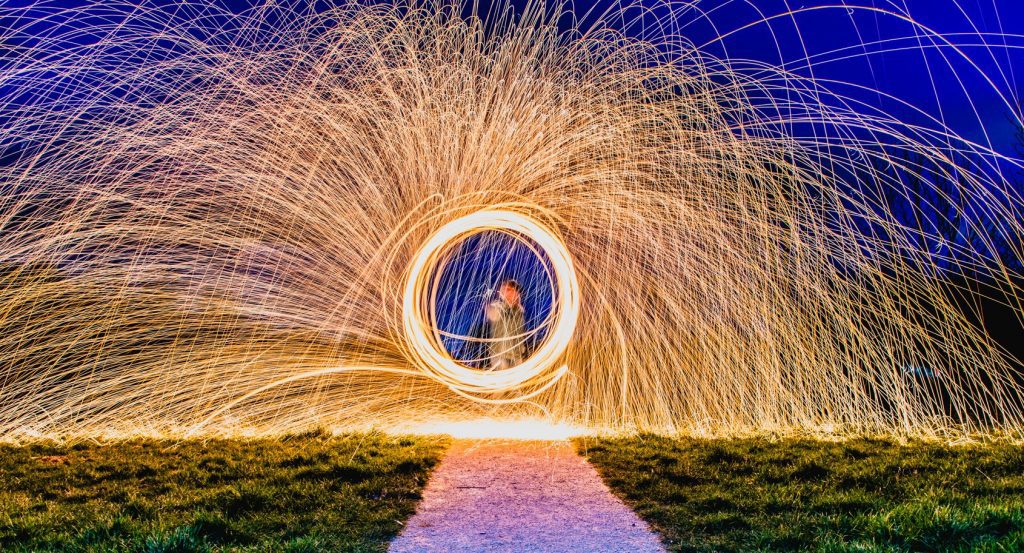

16 Mar LONG EXPOSURE-ARD415 /ARD 416
1310/5000What is a long exposure?
Simply put, it opens the shutter long enough to give a different effect than the standard picture taken. The magic is that the picture is taken for 5, 10, 30 or even 1245 seconds. In practice, this means that in the photo we can write everything the lens has seen in a given time.
They can be slightly blurred objects in motion, streaks of light instead of cars photographed at night, or water turned into a velvet cloud.
The basis is a camera that allows you to choose the exposure time. It is important that the camera allows for relatively long exposures. Today’s amateur SLRs reach 30 seconds – so there shouldn’t be any problems with that. When it’s dark, the exposure time reaches a few / dozen or so seconds and we can regulate it precisely by the closing or opening the aperture.
In addition to the camera, a tripod is required. In this respect, it has a significant advantage over image stabilization. First of all – the fixed parts of the frame are razor-sharp. And it is from the contrast between the sharp and blurry parts of the photo that you get the impression of movement. The tripod allows you to compare several shots taken at different shutter speeds, identical
in composition. In addition, the shutter speed of the camera set on a tripod is virtually unlimited.





Sorry, the comment form is closed at this time.